
Finding Matariki Kiwi Conservation Club
Matariki Definition by Kim Martins published on 15 June 2021 Listen to this article Available in other languages: French Matariki Star Cluster NASA, PJ_1004 (CC BY-NC-SA)

Matariki The Māori New Year Te Papa
Get ready to be spellbound by the beauty and symbolism of the Matariki story, skillfully portrayed through the artistry of sand. Let the magic of Matariki an.

The Stars of Matariki Matariki YouTube
Whakataukī. Matariki has given rise to a number of whakataukī (proverbs). 'Matariki kāinga kore' (homeless Matariki) refers to the star cluster's constant travel - disappearing from the sky only once a year, when it pauses to rest in May when the moon wanes. The association of Matariki with crops has given rise to the saying: 'Matariki ahunga nui' (Matariki provider of plentiful.
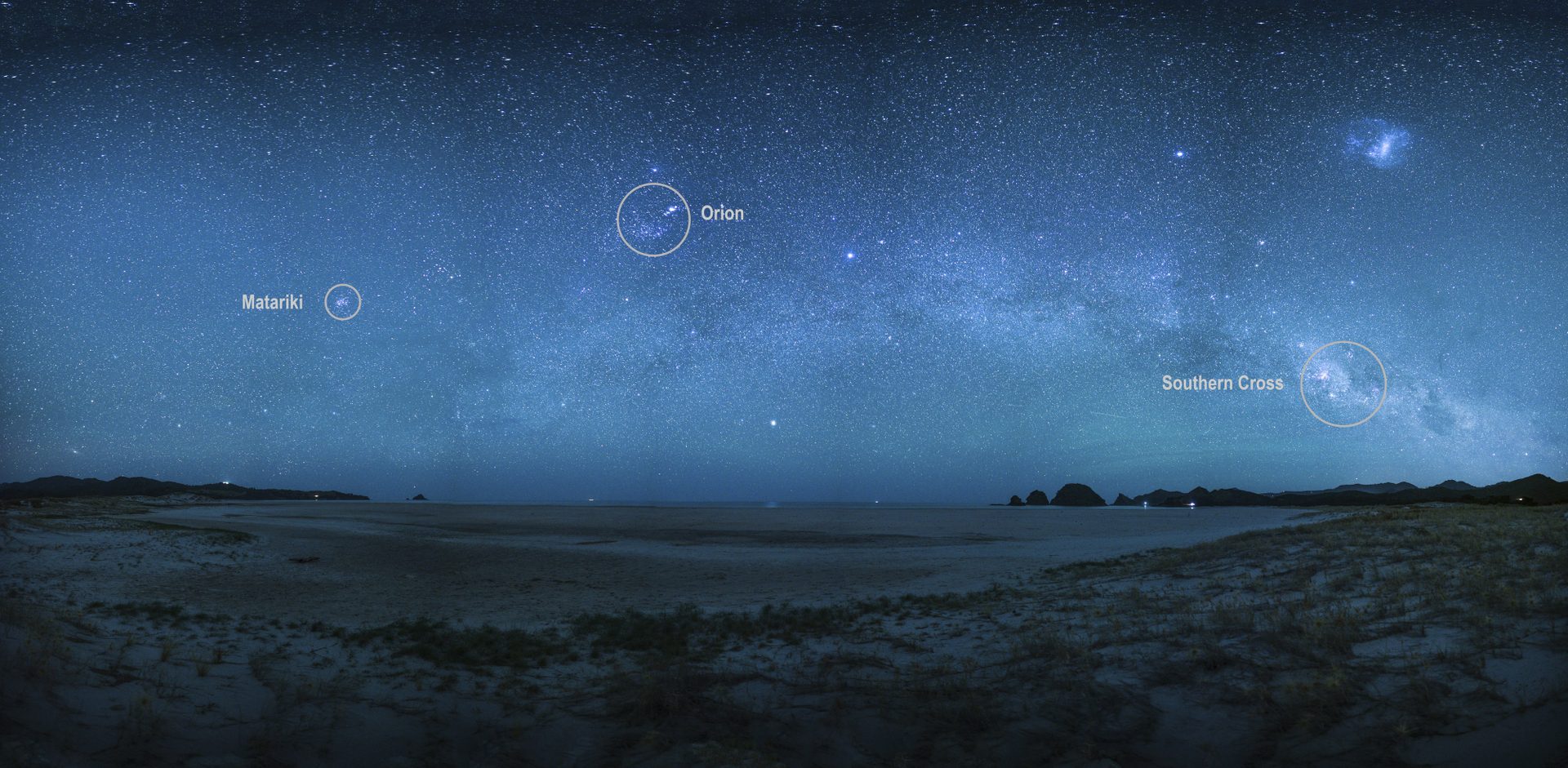
How to find the Matariki star cluster best times and locations
Matariki This star cluster is named after its mother whetu, Matariki. She is associated with ora (wellbeing), reflection, hope and the human connection to the environment. Sightings of.
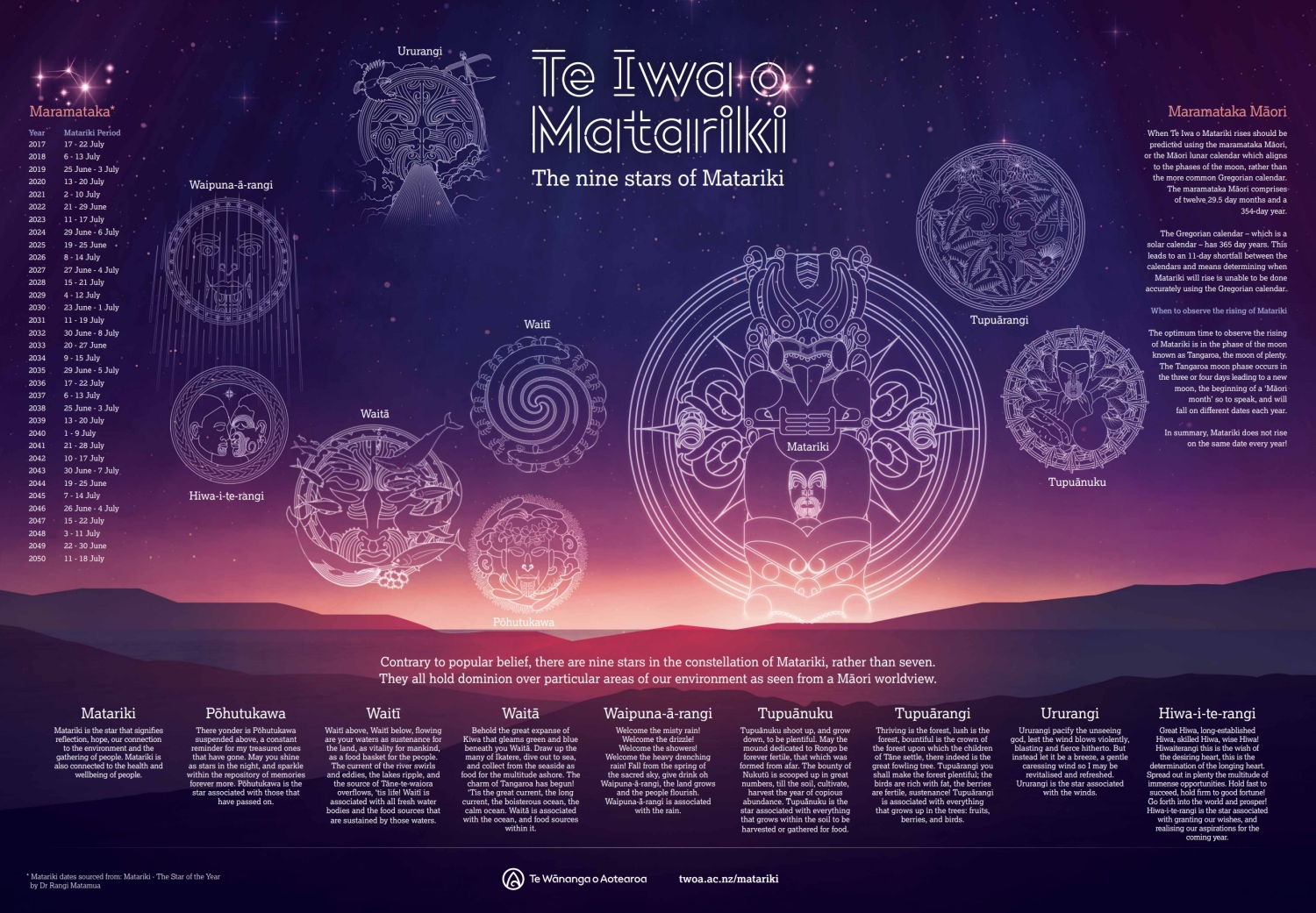
Matariki LEARNZ
The number of stars seen and origin stories vary, just as they do in Aotearoa, with some iwi recognising Puanga as heralding a new year, rather than Matariki. Advertisement Advertise with NZME.
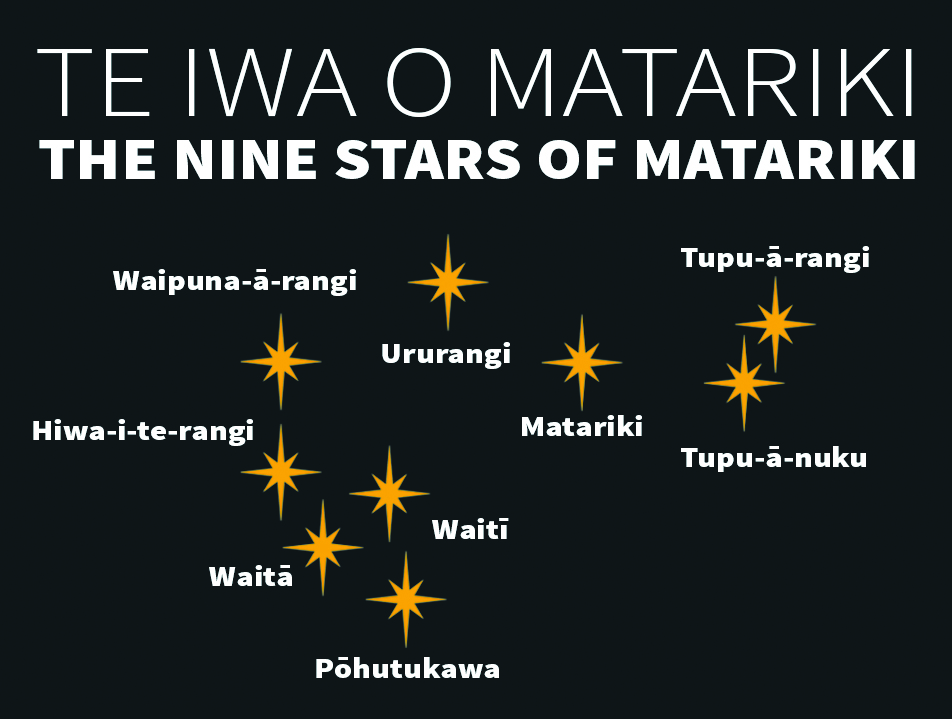
The nine stars that make up Matariki Pharmacy Today
1. Matariki - the mother of the eight whetu in the constellation. The whetu Matariki was taken as a wife by Rehua (not considered part of the Matariki constellation - he is the great lord of the stars, the whetu Antares, which Māori believe is paramount chief of the heavens).
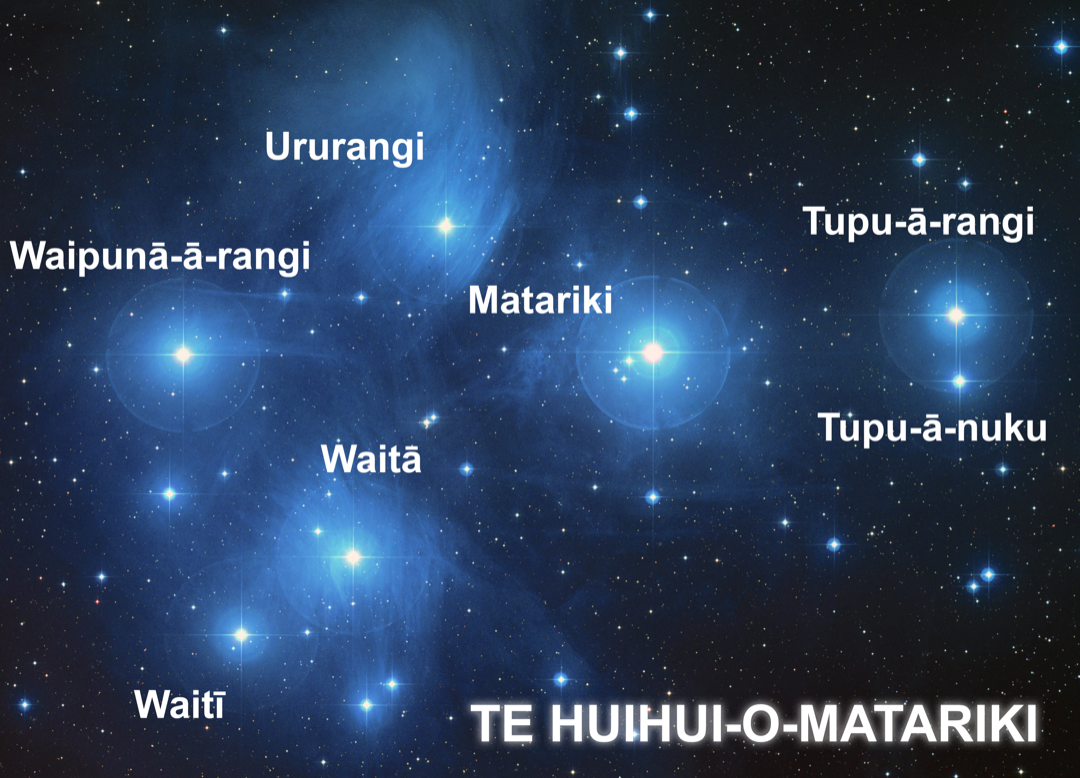
Matariki Star Cluster (Illustration) World History Encyclopedia
The whetū (stars) in Matariki are relatively young 'teenage' stars, born together in a nebula at about the same time. They are much larger than our Sun and are blue because they are hot. Blue stars are the hottest, yellow are medium hot and red stars are at the cooler end of the spectrum.

Celebrating Matariki as a public holiday New Zealand Parliament
Matariki is a star cluster that appears in the early morning sky in New Zealand during the mid-winter months. The star cluster is well known throughout the world and at different times of the year can be seen around the globe. It is one of the brightest clusters in the sky, containing hundreds of member stars.

Ava St Francis of Assisi The 9 Stars of Matariki
The Māori, or the indigenous Polynesian people of New Zealand, use a special word Matariki, which identifies the cluster of stars known to astronomers as the Pleiades, and to mythologists and folklorists as the Seven Sisters.
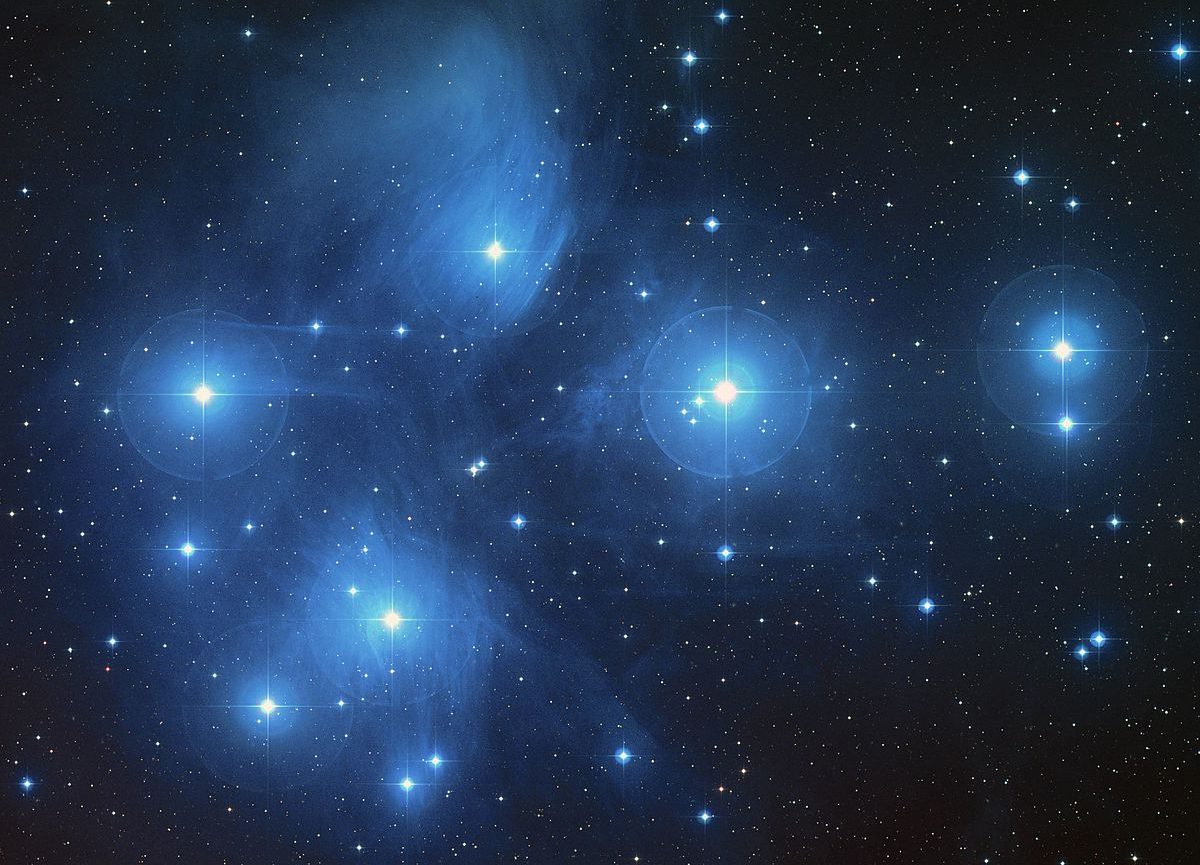
Te Iwa o Matariki The Nine Stars of Matariki Christchurch City Libraries
Te iwa o Matariki The stars of Matariki There are over 500 stars in the Matariki cluster - but only a handful are visible without the use of a telescope. Each of the stars has their own unique characteristics that Māori acknowledge and honour. Meet the stars below! Pōhutukawa Pōhutukawa connects us to our loved ones that have passed on.
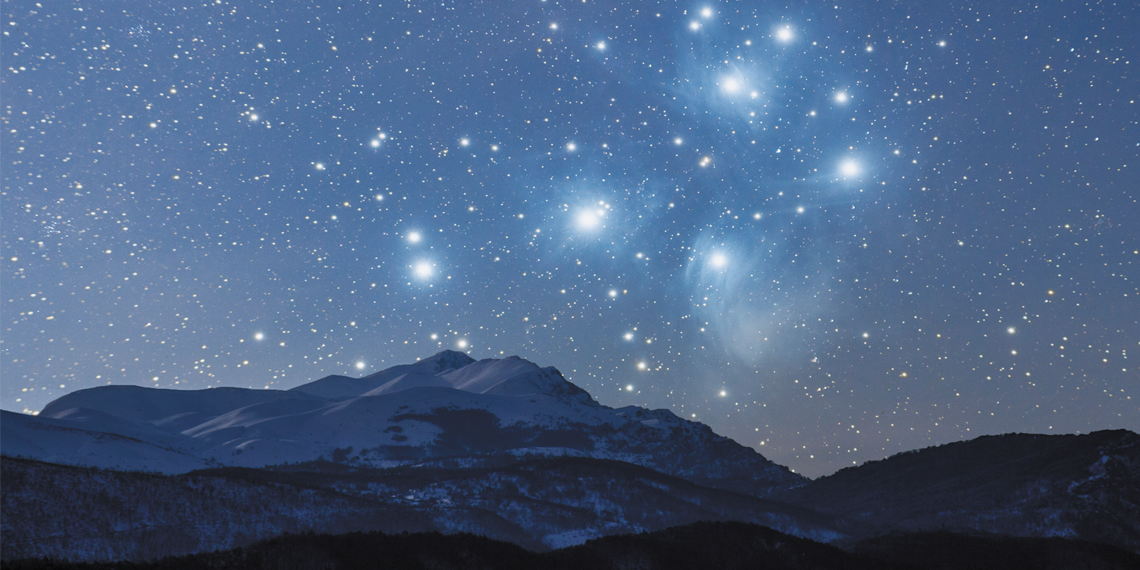
Matariki and the Māori New Year The Salvation Army
Posted On 2024 The Seven Stars of Matariki: Meanings and Significance Matariki, also known as the Seven Sisters, is a group of stars that appear in the night sky in New Zealand during the winter months. The Māori New Year begins with the rise of Matariki, which traditionally marks the end of one year and the beginning of another.
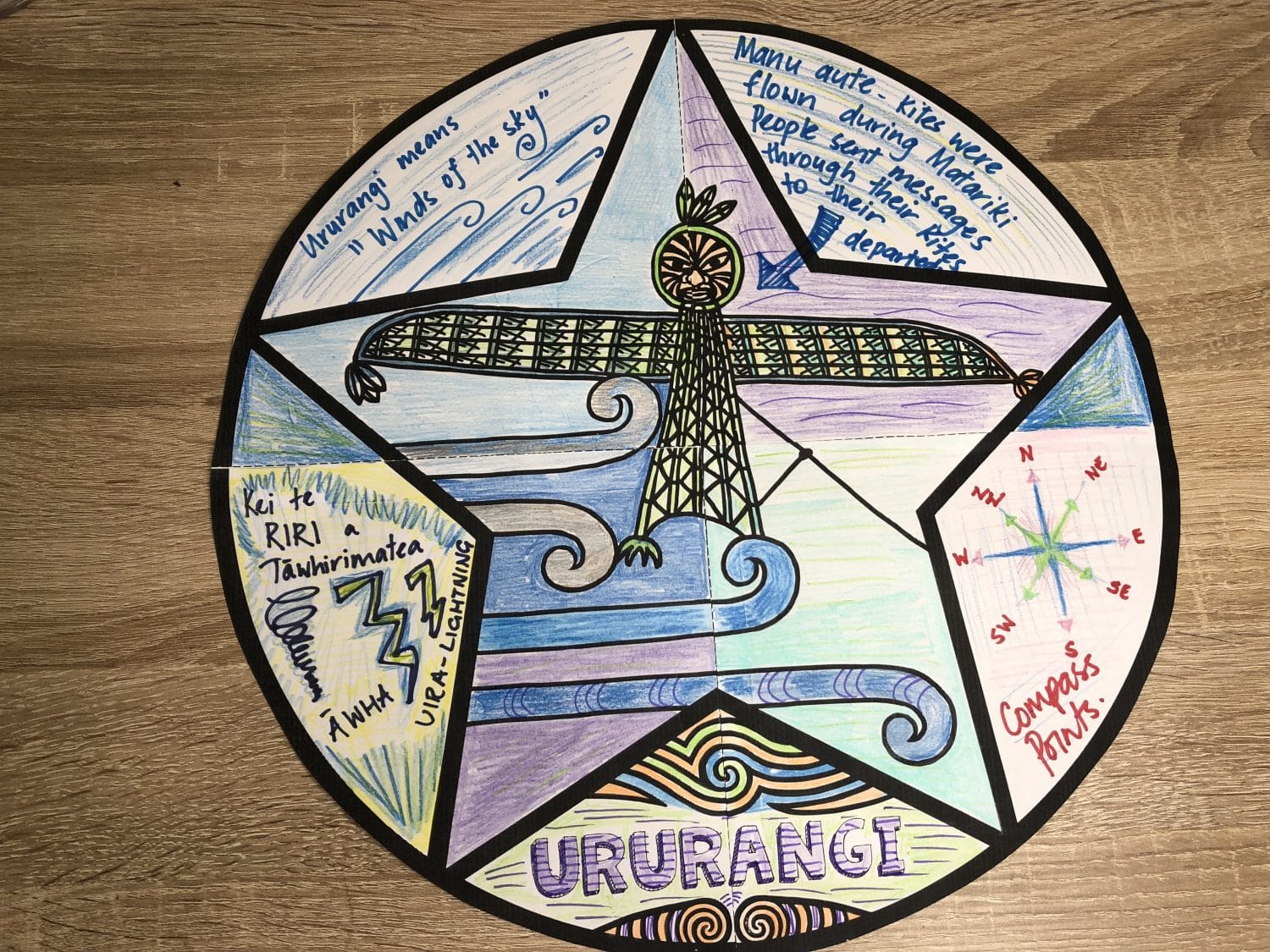
Matariki Stars Mini Collaborative Posters The Te Reo Māori Classroom
1. Matariki is a star cluster, not a constellation. A cluster is a group of stars that are near each other. When seen from Earth, stars in a constellation appear to be close together in a pattern but they might actually be nowhere near each other. There are over 500 stars in the Matariki cluster. 2. The heliacal rise of Matariki.

The legend of Matariki and the six sisters Te Papa
Matariki is the mother (whaea) star of the cluster. She ensures the stars of the cluster rise together in unison to mark a new year* and signal the health of the environment. *Some iwi herald the new year with the rising of a star called Puanga (Rigel), found in the Orion constellation (Matamua 2017). Matariki is linked to the wellbeing of people.

The star family of Matariki teaching resource Te Papa
The stars of Matariki. There are over 500 stars in the Matariki cluster - but only a handful are visible without the use of a telescope. Each of the stars has their own unique characteristics that Māori acknowledge and honour.

Matariki star facts Te Papa
Te Iwa a Matariki - Matariki Matariki has nine visible stars according to leading Māori astronomer Dr Rangi Matamua, who has been researching Matariki for over 30 years. Each star holds a certain significance over our wellbeing and environment as seen from the Māori view of the world.
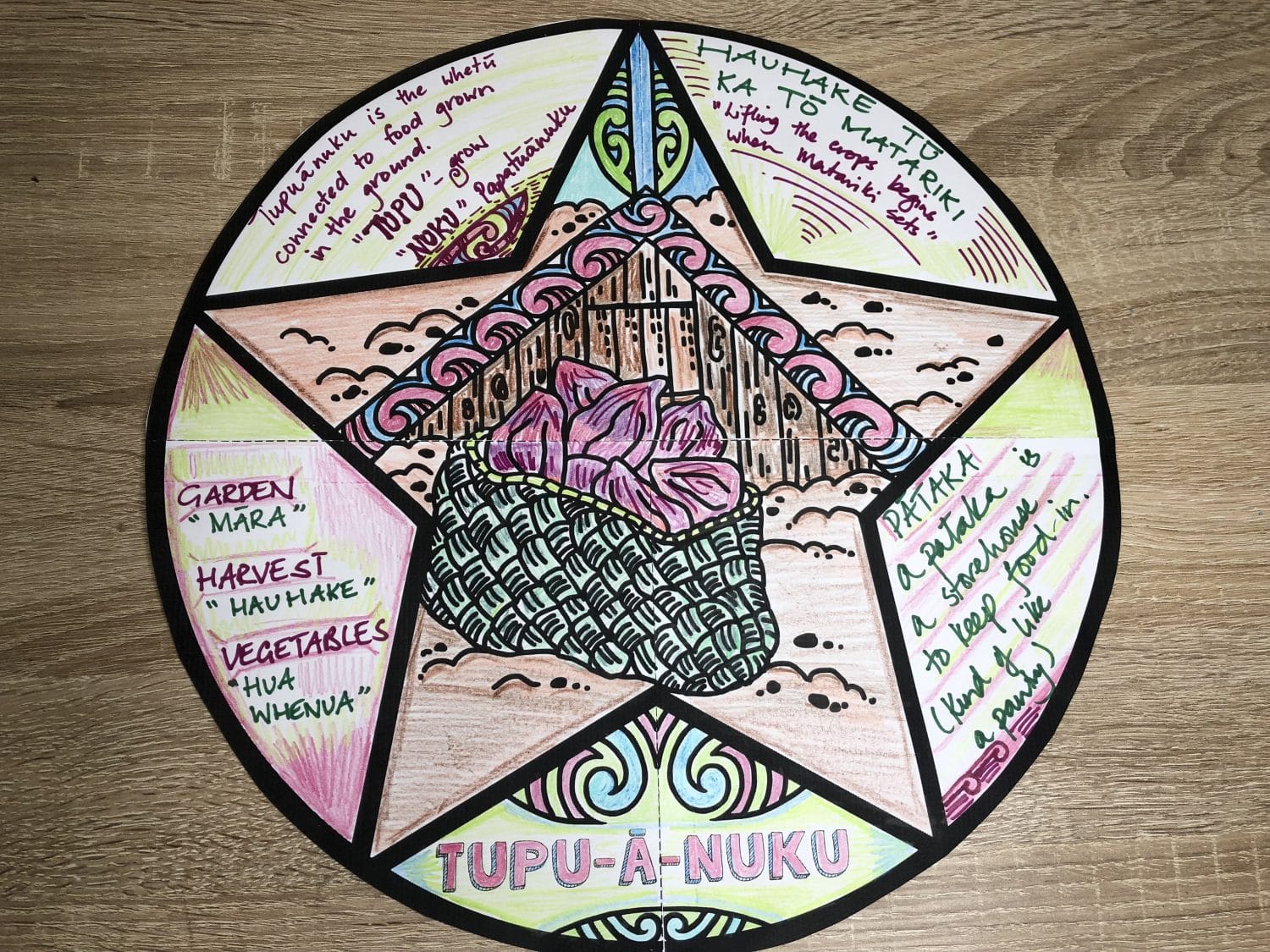
Matariki Stars Mini Collaborative Posters The Te Reo Māori Classroom
by Kelly Macquire. published on 29 June 2021. Matariki is the name of a star cluster that can be seen from New Zealand in the early morning of the months in mid-winter. New Zealand's Matariki is the name for the Maori New Year and the star cluster. It is one of the brightest star clusters, and is one of the clusters closest to earth at 440.